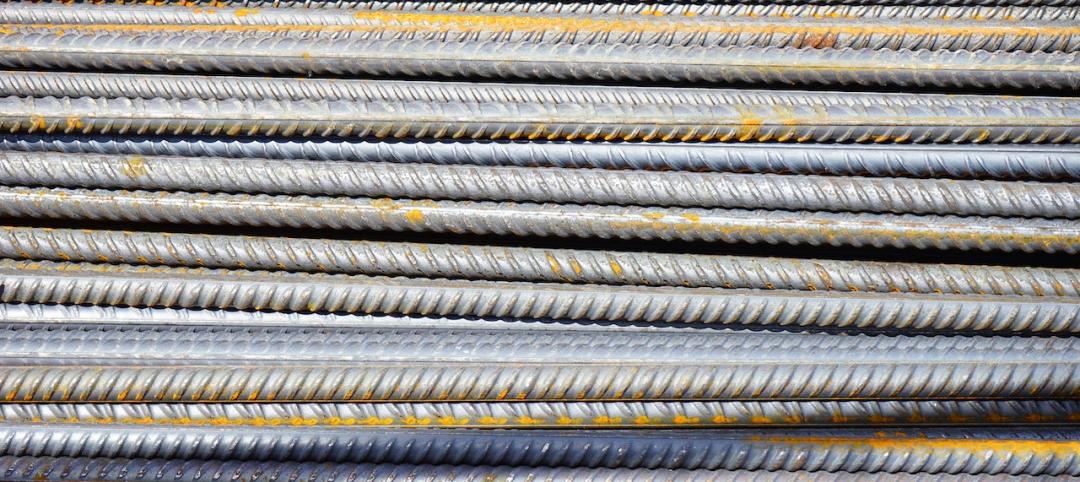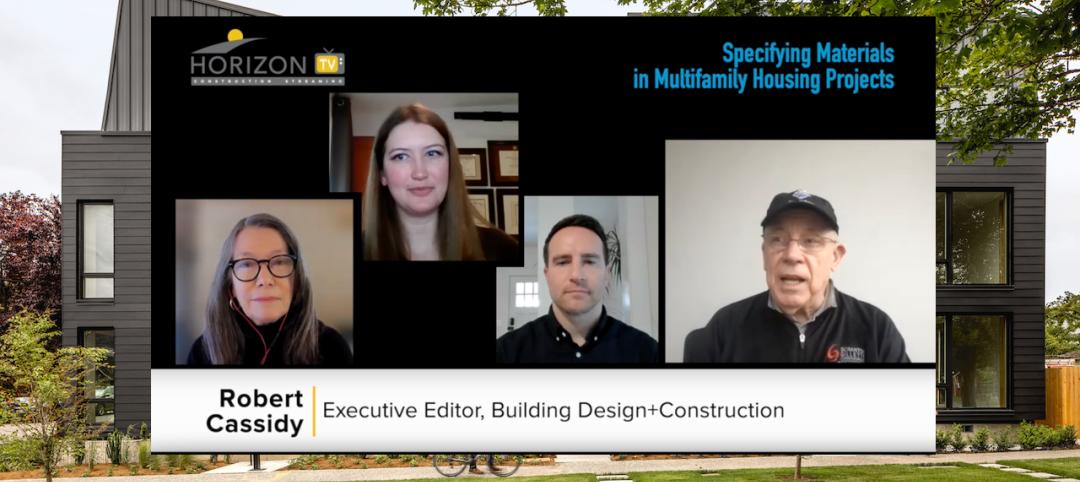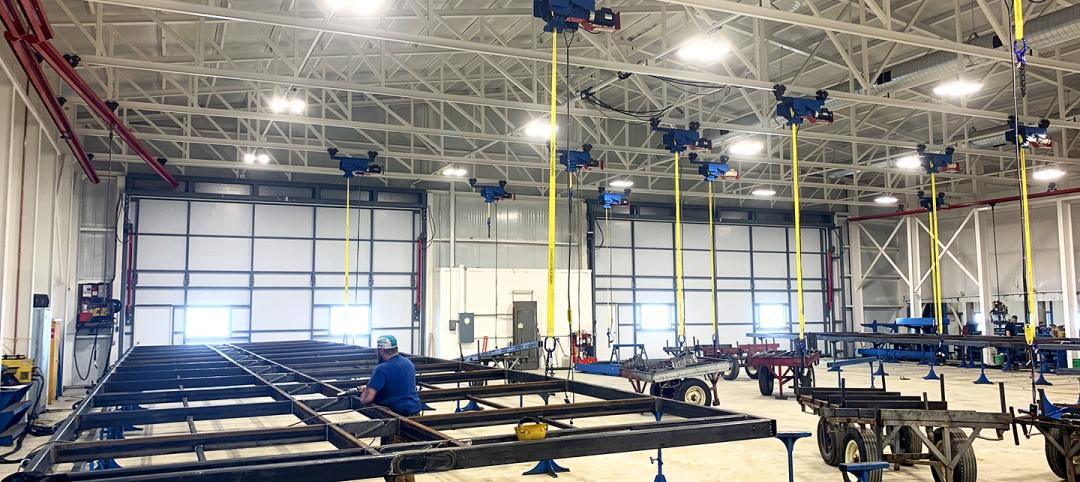The AEC industry is heading into 2010 in better shape than was the case a year ago, according to the 2010 AEC Industry Outlook: Strategy and Insight for Design & Construction Firms, a new forecast released by ZweigWhite this month.
A significant turnaround for the commercial market isn't anticipated until 2011, but a modest pickup is expected in late 2010. Some sectors are faring better than others—and will continue to do so. Markets to watch for 2010: healthcare, education, and mixed-use.
Following is an overview of the major commercial AEC markets, based on the ZweigWhite report.
Three sectors showing growth
Healthcare. This sector's growth over the past few years is expected to continue for 2010 and beyond. Although some slowing is expected, healthcare is still considered the hottest market for AEC firms. Behind the market's growth: rising numbers of outpatient procedures, aging population, declining hospital infrastructure, consolidation of healthcare systems, BIM and other technologies, sustainable design, and security and disaster preparedness.
The value of healthcare construction to be put in place for 2010 will reach $48.5 billion, an increase of 1.2% from 2009 levels.
Education. Education is one of the largest sectors for AEC firms, and it's growing, making K-12 and higher education markets two of the industry's best prospects. The markets aren't expected to slow significantly, but they took big hits in 2008 and 2009 and are not immune to the downturn.
For 2010, the education sector outlook is mixed, with high school construction looking strong and college and university construction to continue apace to meet projected enrollment increases through 2017. Project work is also expected to be mixed—some new construction and some expansions and renovations to existing facilities.
Overall, the value of all school construction to be put in place for 2010 will top $99.5 billion.
Mixed-use. Another bright spot in the industry. Mixed-use projects are gaining in popularity because the building type ties into New Urbanist principals, creates more livable communities, and is being used as a catalyst for city redevelopment.
Construction spending on mixed-use projects is not tracked, so predictions for 2010 are unavailable. Mixed-use projects, however, aren't immune to a slow economy because many incorporate components from markets that are down, such as lodging and retail.
The rest of the story
Lodging. One of the hardest-hit commercial sectors, lodging is expected to continue its sluggish pace in 2010. The decline, however, is viewed as cyclical, and a recovery is anticipated for 2011.
The value of lodging construction to be put in place for 2010 will reach $20.1 billion, a decrease of 12.8% from 2009 levels.
Manufacturing. Construction of manufacturing and industrial facilities also slowed significantly because of the recession, and 2010 is expected to be another down year. Rents are expected to decline through 2010. Market recovery isn't expected until 2011, and then is expected to be slow.
The value of manufacturing construction to be put in place for 2010 will reach $59.6 billion, a decrease of 19% from 2009 levels.
Multifamily. This sector was hit hard by the recession, and a slow 2010 is expected, with some growth anticipated in 2011. Multifamily starts are notoriously volatile, but they are expected to reach 126,000 for 2010, down from 130,000 in 2009. Looking ahead to 2011, multifamily starts are expected to average 150,000.
Office buildings. With so many layoffs, the nation's reduced workforce is the biggest drag on the office sector. An improving economy signals a turnaround—although the rebound will happen slowly and cautiously. Vacancy rates are expected to remain high during 2010 and then start to decrease in 2011.
The value of office construction to be put in place for 2010 will reach $46.6 billion, a decrease of 13.5% from 2009 levels.
The ZweigWhite 2010 AEC Industry Outlook (214-page PDF, $295; free Executive Summary) may be ordered at: http://www.zweigwhite.com/p-858-2010-aec-industry-outlook-strategy-and-insight-for-design-construction-firms.php?mtn=F3658E
Related Stories
Mass Timber | Jul 11, 2023
5 solutions to acoustic issues in mass timber buildings
For all its advantages, mass timber also has a less-heralded quality: its acoustic challenges. Exposed wood ceilings and floors have led to issues with excessive noise. Mass timber experts offer practical solutions to the top five acoustic issues in mass timber buildings.
Building Materials | Jun 14, 2023
Construction input prices fall 0.6% in May 2023
Construction input prices fell 0.6% in May compared to the previous month, according to an Associated Builders and Contractors analysis of the U.S. Bureau of Labor Statistics’ Producer Price Index data released today. Nonresidential construction input prices declined 0.5% for the month.
Cladding and Facade Systems | Jun 5, 2023
27 important questions about façade leakage
Walter P Moore’s Darek Brandt discusses the key questions building owners and property managers should be asking to determine the health of their building's façade.
Multifamily Housing | Apr 27, 2023
Watch: Specifying materials in multifamily housing projects
A trio of multifamily housing experts discusses trends in materials in their latest developments. Topics include the need to balance aesthetics and durability, the advantages of textured materials, and the benefits of biophilia.
3D Printing | Apr 11, 2023
University of Michigan’s DART Laboratory unveils Shell Wall—a concrete wall that’s lightweight and freeform 3D printed
The University of Michigan’s DART Laboratory has unveiled a new product called Shell Wall—which the organization describes as the first lightweight, freeform 3D printed and structurally reinforced concrete wall. The innovative product leverages DART Laboratory’s research and development on the use of 3D-printing technology to build structures that require less concrete.
Cladding and Facade Systems | Apr 5, 2023
Façade innovation: University of Stuttgart tests a ‘saturated building skin’ for lessening heat islands
HydroSKIN is a façade made with textiles that stores rainwater and uses it later to cool hot building exteriors. The façade innovation consists of an external, multilayered 3D textile that acts as a water collector and evaporator.
Windows and Doors | Apr 4, 2023
Schweiss Doors erects manufacturing building to showcase new doors
Schweiss Doors, the premier manufacturer of hydraulic and bifold liftstrap doors, erected a new manufacturing facility which will also serve as a showcase for the company’s new “free-standing” header frames.
Windows and Doors | Mar 5, 2023
2022 North American Fenestration Standard released
The 2022 edition of AAMA/WDMA/CSA 101/I.S.2/A440, “North American Fenestration Standard/Specification for windows, doors, and skylights” (NAFS) has been published. The updated 2022 standard replaces the 2017 edition, part of a continued evolution of the standard to improve harmonization across North America, according to a news release.
AEC Innovators | Mar 3, 2023
Meet BD+C's 2023 AEC Innovators
More than ever, AEC firms and their suppliers are wedding innovation with corporate responsibility. How they are addressing climate change usually gets the headlines. But as the following articles in our AEC Innovators package chronicle, companies are attempting to make an impact as well on the integrity of their supply chains, the reduction of construction waste, and answering calls for more affordable housing and homeless shelters. As often as not, these companies are partnering with municipalities and nonprofit interest groups to help guide their production.
Codes | Mar 2, 2023
Biden Administration’s proposed building materials rules increase domestic requirements
The Biden Administration’s proposal on building materials rules used on federal construction and federally funded state and local buildings would significantly boost the made-in-America mandate. In the past, products could qualify as domestically made if at least 55% of the value of their components were from the U.S.
















